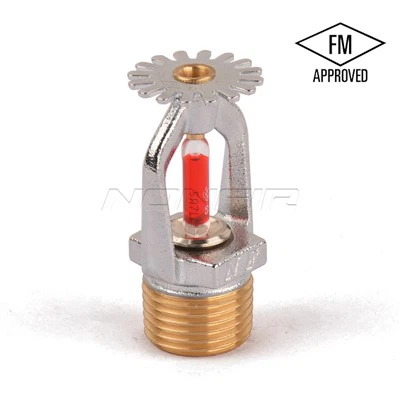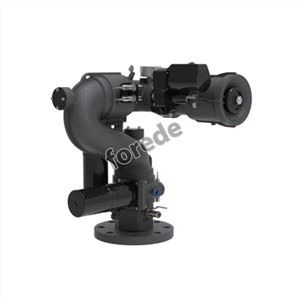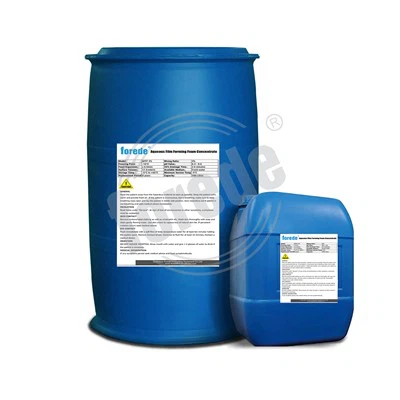Relief Valve is a kind of hydraulic control valve. The main valve is divided into upper and lower parts by the diaphragm. The lower cavity of the diaphragm is the water flow channel, and the upper cavity is the control room, which controls the opening and closing of the main valve disc. The pilot valve itself is a pressure relief valve, and it also has a control room and a water flow channel, and the opening and closing of the disc is controlled by the control room. The needle valve is the throttle valve, which controls the flow of water in the connecting pipe.
When the pressure in the equipment or pipeline exceeds the set pressure of the pressure relief valve, it will automatically open the pressure relief to ensure that the medium pressure in the equipment and pipeline is below the set pressure, protect the equipment and pipeline, and prevent accidents
During the operation of the fire-fighting water supply system, the water flow direction of the main pipe is from left to right, and all the way the water is controlled to enter the pilot valve control room. When the water pressure is lower than the set pressure relief value, the thrust of the pilot valve spring is greater than the water pressure, and the pilot valve The disc is closed. The other control water enters the upper chamber of the main valve through the throttling needle valve to generate a static pressure, and the pressure in the upper chamber is equal to the pressure in the raw flow channel. Since the upper plane of the disc of the main valve is larger than the lower plane, the pressure of the upper cavity on the disc is greater than the pushing force of the water in the main channel to the disc, so that the main valve is in a closed state. If the pressure of the water flow in the main pipeline rises and exceeds the set pressure relief value, the pressure of the water flow entering the conduit control chamber through the control pipe increases, and the pressure of the water is greater than the spring thrust. At this time, the pilot valve is opened, and the pressure on the main valve begins to release. Due to the restriction of the throttle valve, the water replenishment is insufficient, causing the pressure in the upper cavity of the main valve to decrease, and the main valve is iced under the same flap. The thrust of the flow is greater than the pressure of the upper chamber, the disc rises, and the main valve opens to quickly release the pressure. Since the above process is completed in an instant, the indoor fire water supply system will not cause harm when overpressure occurs.
If the pressure of the water flow in the main pipeline continues to increase, the opening of the pilot valve will also increase, making the pressure difference between the upper chamber and the lower chamber of the main valve larger, and the opening of the main valve will be larger, and the system will relieve pressure faster. Conversely, if the water flow pressure in the main pipeline decreases (such as when the number of fire hydrants used in the room increases or the number of nozzles opened increases), the pressure in the control chamber of the pilot valve decreases accordingly, and the opening amount of the pilot valve becomes smaller. The pressure in the upper cavity of the main valve increases, and the lower opening of the disc of the main valve decreases, so that the pressure of the water flow in the main pipeline is stabilized at the system design.




















